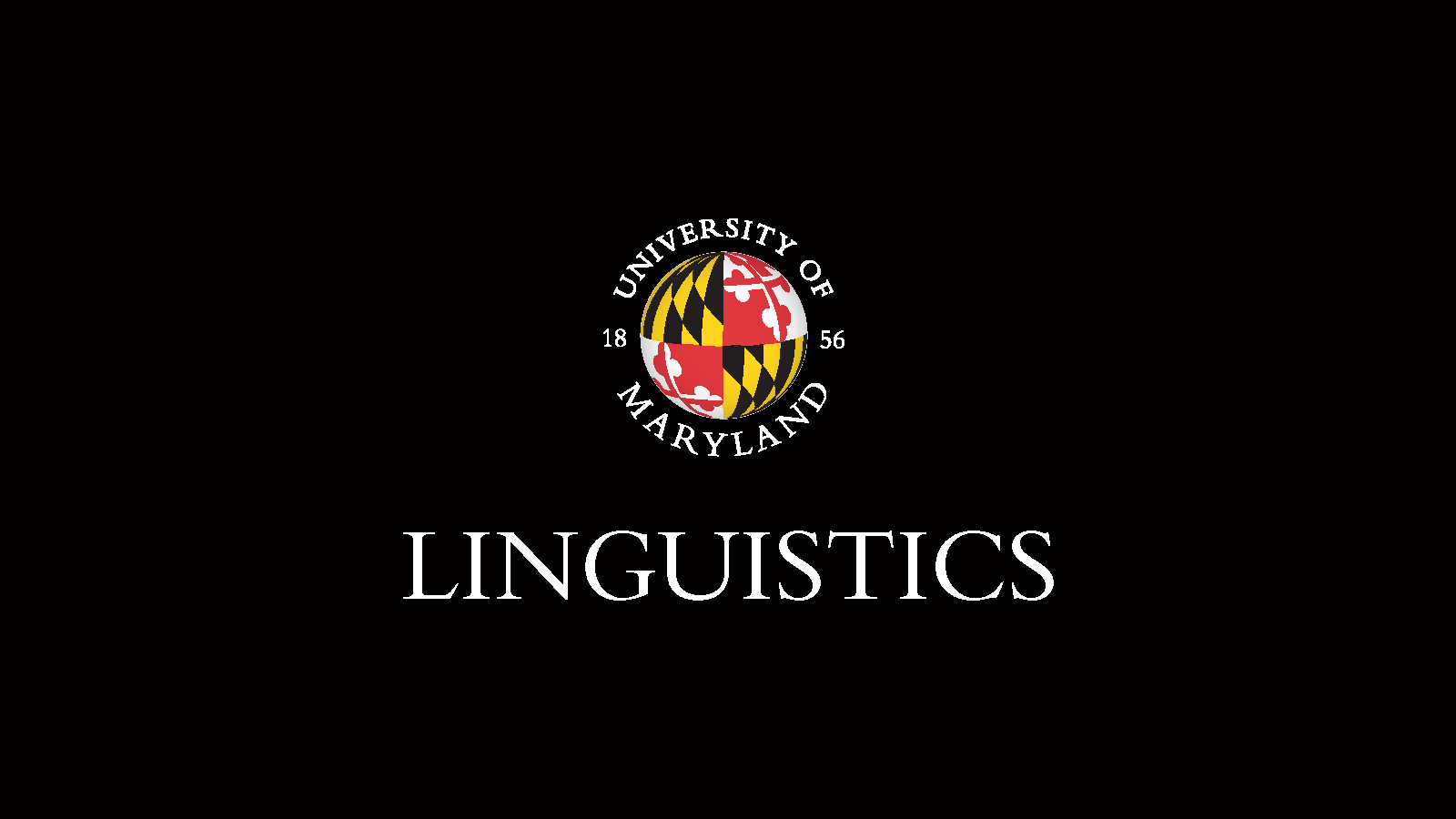Matchin, Liao, Gaston and Lau on V/N in the AG
February 12, 2019

Now in Neuropsychologia, An fMRI investigation of argument relations and the angular gyrus from Ellen Lau and her former postdoc William Matchin, with Chia-Hsuan Liao and Phoebe Gaston, titled "Same words, different structures."
Now in Neuropsychologia, An fMRI investigation of argument relations and the angular gyrus from Ellen Lau and her former postdoc William Matchin, with Chia-Hsuan Liao and Phoebe Gaston, titled "Same words, different structures." The paper aims to refine recent hypotheses suggesting that semantic combination is supported by the Anterior Temporal Lobe (ATL) and the Angular Gyrus (AG), with a division of labor in which AG is involved in event concepts and ATL is involved in encoding conceptual features of entities and/or more general forms of semantic combination. Using fMRI, it asks whether the AG supports the computation of specifically linguistic argument structure, or the computation of event concepts more broadly. To distinguish these possibilities the authors used a novel, lexically-matched contrast: VPs with a verb, such as frightened the boy, contrasted with NPs with the same verb in participial form and adjectival function, the frightened boy. Here the VPs have argument structure, in a way that the NPs do not. And results showed that, while many regions showed increased activity for NPs and VPs relative to unstructured word lists (AG, ATL, pSTS, anterior IFG), replicating evidence of their involvement in combinatorial processing, neither AG or ATL showed differences in activation between the VP and NP conditions. These results suggest that increased AG activity does not reflect the computation of argument structure per se, but are compatible with a view in which the AG represents event information denoted by words such as frightened independent of their grammatical context. By contrast, pSTS and posterior IFG did show increased activation for the VPs relative to NPs. We suggest that these effects may reflect differences in syntactic processing and working memory engaged by different structural relations.

